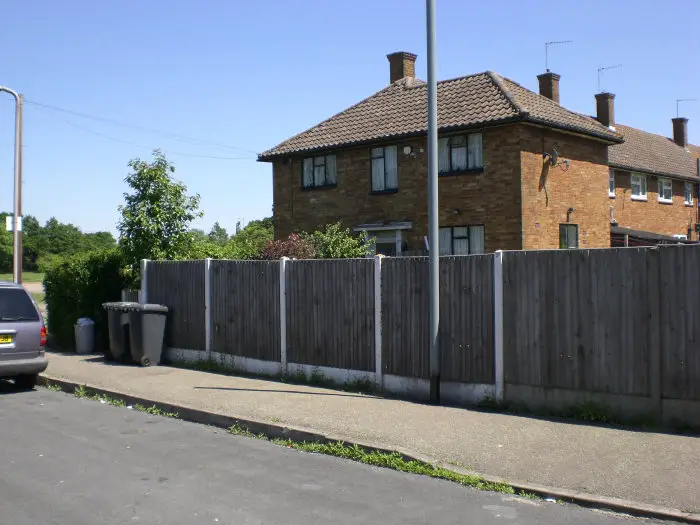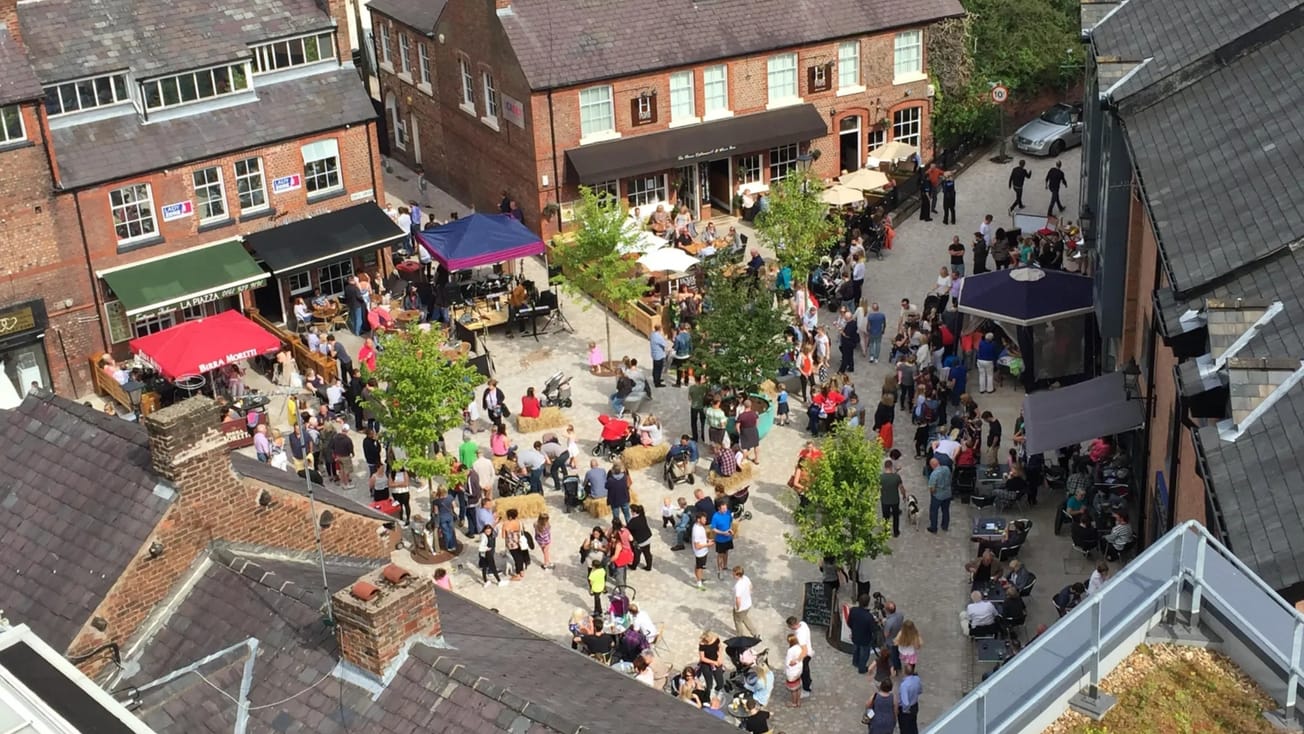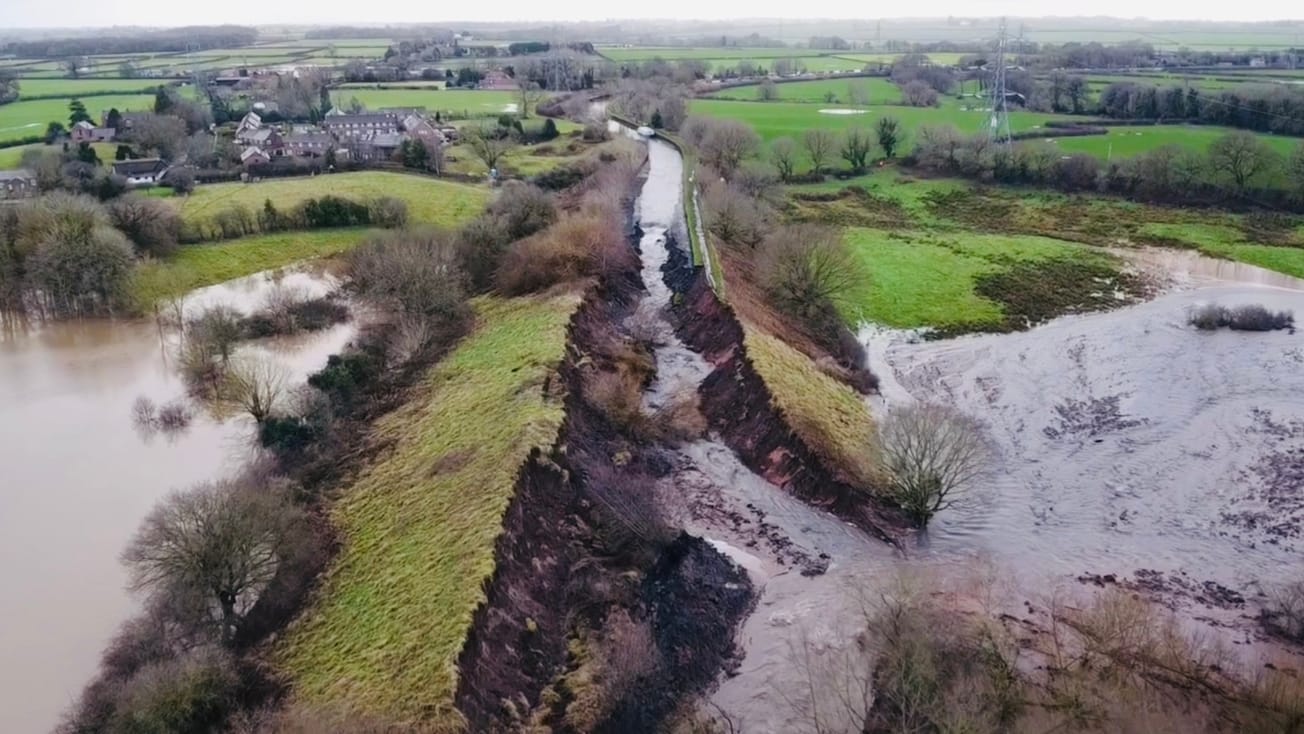A plan to create an eruv, an area within which orthodox Jews can move more freely on the sabbath, has been revived in Hale and Hale Barns.
The proposals would require the installation of 26 5.5-metre galvanised steel posts on streets around Hale and Hale Barns, each connected by a line of nylon wire.
An eruv is an area exempt from ancient Jewish law which forbids the carrying or pushing of items outside private areas on Shabbat, the Jewish sabbath, which lasts between sunset on Friday to sunset on Saturday. Food, medication and prayer books are among the items which cannot be carried, while pushing prams or wheelchairs is also forbidden.
According to the proposals, called ‘The Shabbat Inclusion Project’, an eruv would bring "numerous benefits for the Jewish residents, particularly the elderly, disabled, and families with young children... It would enable them to fully participate in Shabbat observance and lead meaningful and fulfilling lives".
A planning statement prepared by Prestwich firm Debtal Architecture adds that the eruv is "designed to have no negative impact on the wider local community while maximizing its benefits for orthodox Jewish residents".
Plans for an eruv in Hale and Hale Barns first surfaced in 2014, when a total of 117 poles were planned covering five square miles and a 12-mile boundary.
However, the plans led to a furious reaction from local residents, with over 300 people attending a public meeting, after which the leader of Hale’s Jewish community pledged to take the plans "back to the drawing board".
The plans were first revived in 2016, with 95 poles earmarked along a 12-mile route, but after another backlash the Hale Eruv Project Charitable Trust withdrew the proposals “in the interests of communal unity".
At the time, local MP Sir Graham Brady said the plans risked creating “rancour and intolerance” in the area.

There are currently around 20 eruvs in the UK, two of them in the Greater Manchester area. The most recent eruv was approved for installation in Cheadle by Stockport Council in 2020.
Addressing the issue of social cohesion in its planning statement, Debtal says that the existing eruvs have demonstrated that they "have no effect whatsoever in altering the composition of the local population or the pattern of local activities in any way".
The proposed eruv would require the installation of 5.5-metre steel posts at 26 locations across Hale and Hale Barns. The connecting wire would be at a height of 5m.
They would be installed on the following roads: Hale Road, Burnside, Chapel Lane, Rossmill Lane, Barrow Lane, Rappax Road, Bankhall Lane, Ashley Road, Heather Road (bridge), Hazelwood Road, Broomfield Lane, Queen's Road, Acacia Avenue, Sandileigh Avenue, Grove Lane, Delahays Road, Meadow Way, Grove Lane, Tintern Drive, Woburn Drive and Shay Lane.
Two of the steel posts would be located in Hale village, close to Yogberries and Steven Stone jewellery shop.

Two of the poles would fall within the Hale Station Conservation Area, and eight would fall within the South Hale Conservation Area.
The application document insists that the street furniture required would be "inconspicuous" and "would not at all alter the character of the area".
It adds: "The proposed Eruv in Hale is a necessary and proportionate measure to enable observant Jewish residents to practice their faith freely."
A public consultation on the plans is currently underway, with residents free to make representations about the plans on Trafford Council's planning portal (reference 113126).








